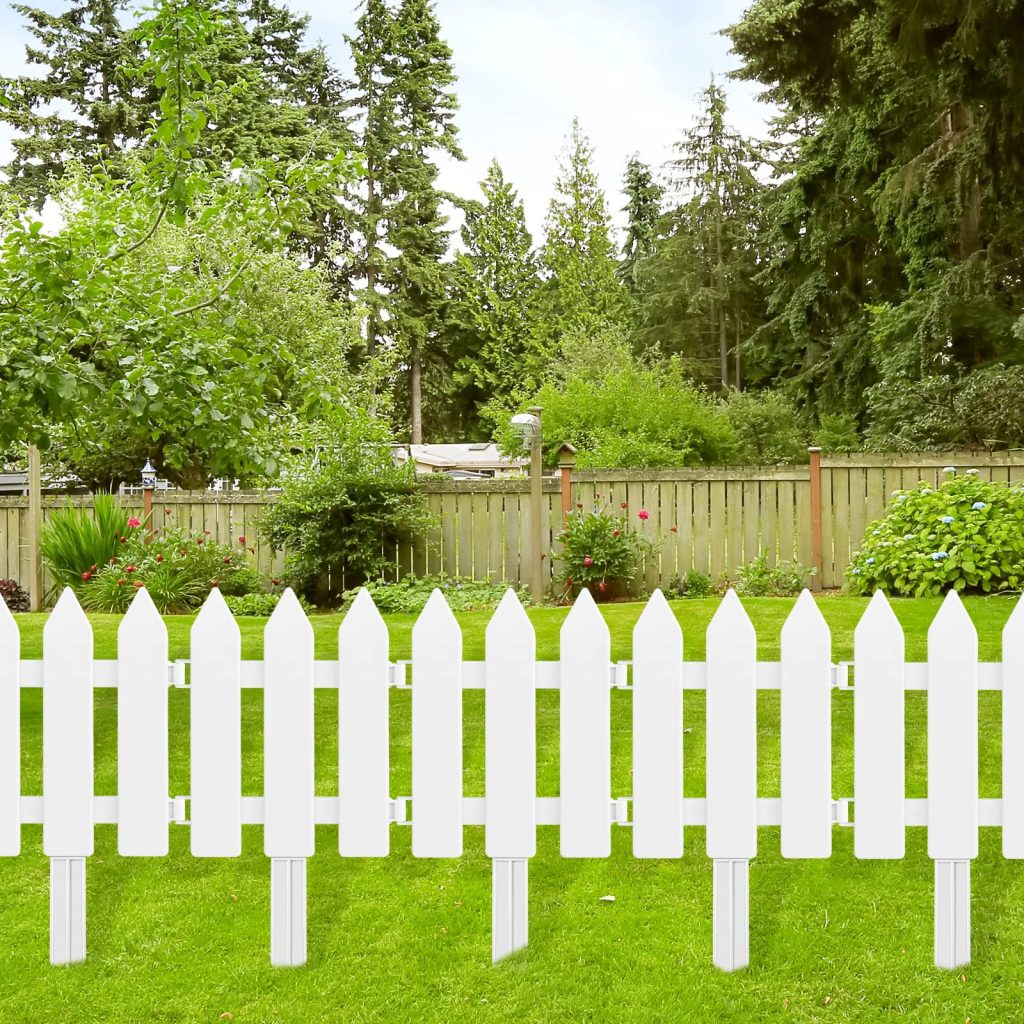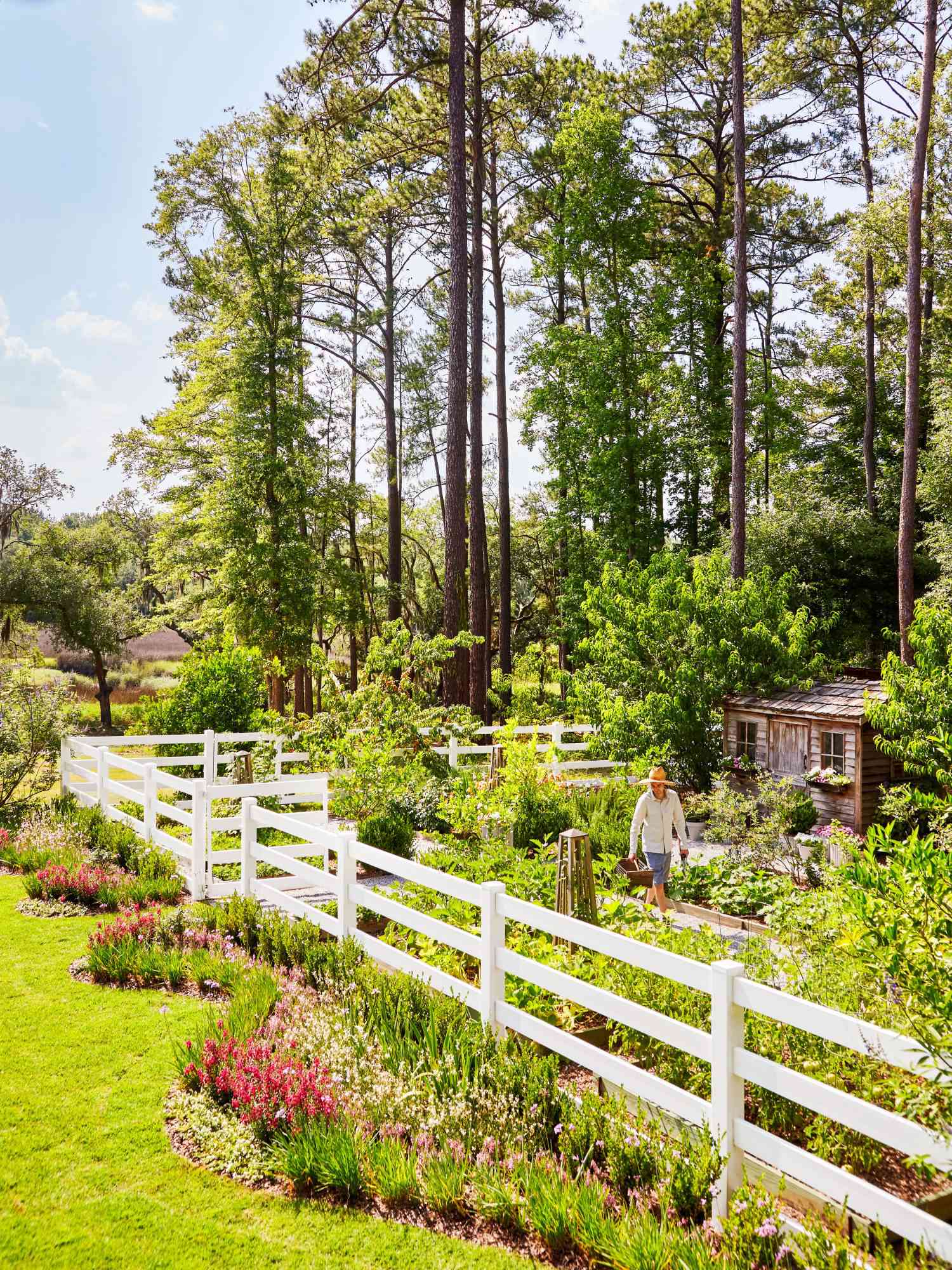When it comes to garden design, two essential factors stand out: privacy and shelter. A good fence can offer both, especially in areas exposed to harsh winds that can harm young plants and disturb their roots. While trees and shrubs can help create a cozy atmosphere, fences remain an effective and practical solution.
Choosing the Right Fence: Strength and Appearance
Selecting the perfect fence for your garden isn’t a decision to make lightly. It’s not just about appearance; it’s about durability, especially if you live in a windy area. A fence’s strength largely depends on its supports, which should be robust and securely installed.
Most fences come with strong posts, typically ranging from 4–6 inches (10–15 cm) square, depending on the type of fence. Concrete posts, while bulkier to install, provide exceptional strength and stability.
If you opt for timber, remember that its longevity depends on proper treatment to prevent rot. Cedar wood is naturally more resistant, but if using other types of timber, preservatives like copper naphthenate are more reliable than traditional sodium fluoride or copper sulfate. The latter can cause damage to plants if they’re placed too close to the treated wood.

Exploring Different Fencing Options
Garden fences come in various styles to suit different needs and aesthetics. Let’s break down some of the most popular choices:
1. Solid or Close-Boarded Fences
These fences are all about privacy and protection. Constructed from upright or horizontal wooden strips, usually 6 inches (15 cm) wide and 1 inch (2–2.5 cm) thick, they’re nailed to supporting rails at the back. While they provide complete privacy and block wind effectively, they may lack visual appeal.
2. Weatherboard Fences
If you prefer something with a bit more character, weatherboard fencing offers an attractive look. It’s built from wedge-shaped wood strips that overlap slightly, providing excellent privacy without compromising on style.
3. Interwoven Fences
These attractive designs involve thin strips of wood interwoven with each other. Though they can sometimes open up, especially in cheaper models, a well-supported interwoven fence can be quite sturdy and visually appealing.
4. Trellis Fences
Perfect for climbing plants and adding charm to solid fencing, trellis panels are an affordable and decorative option. They’re generally made of wooden laths arranged in square patterns and framed by more substantial timber. While not the strongest option, they’re ideal for enhancing existing fences or beautifying unsightly walls.
5. Wattle and Cleft Chestnut Fences
For a rustic look, wattle fencing offers a basket-like construction that’s both charming and sturdy. Cleft chestnut fencing, sold in rolls or panels, is another cost-effective option that works well for achieving a natural aesthetic.
6. Modern Fencing Kits
If you prefer something contemporary, many manufacturers offer kits designed for easy assembly. These often feature innovative designs that blend well with modern patios and urban gardens.
7. Chain Link and Mesh Netting
If you’re looking for practicality over aesthetics, chain link or mesh netting fences provide effective barriers. The best ones are heavily galvanized to withstand the elements, with plastic-coated options available in various colors to enhance durability.
8. Rustic Fences
Constructed from pine or larch wood with substantial uprights, rustic fencing provides a natural look that blends seamlessly with most landscapes. Available with or without bark, these fences can be stained and varnished for a polished finish.

Special Considerations
If you’re a pet owner, especially with dogs, you might want to consider additional fencing solutions like wireless containment systems, which are effective at setting boundaries without needing excessively tall fences.
Ultimately, the right fence for your garden will depend on your aesthetic preferences, functional needs, and budget. Whether you prefer a charming rustic style or a sleek, contemporary look, there’s a fencing option out there that’s perfect for your space.


Leave a Reply